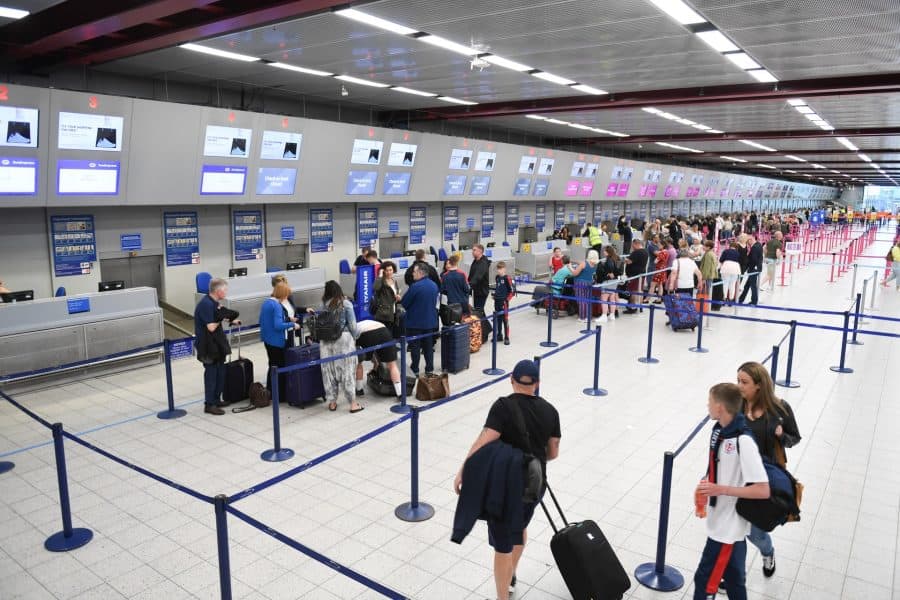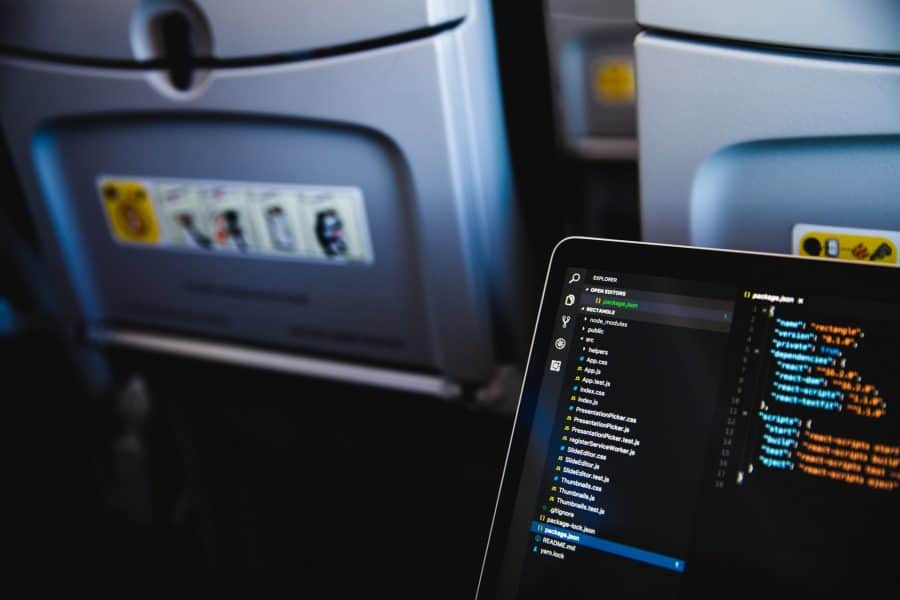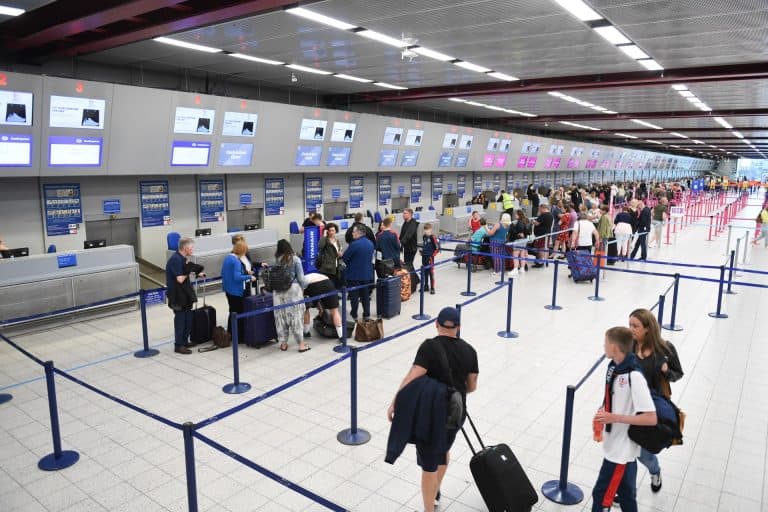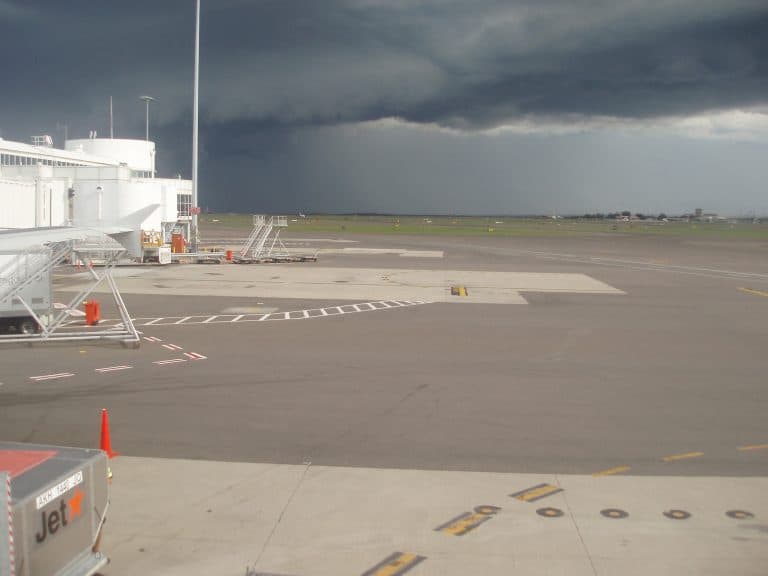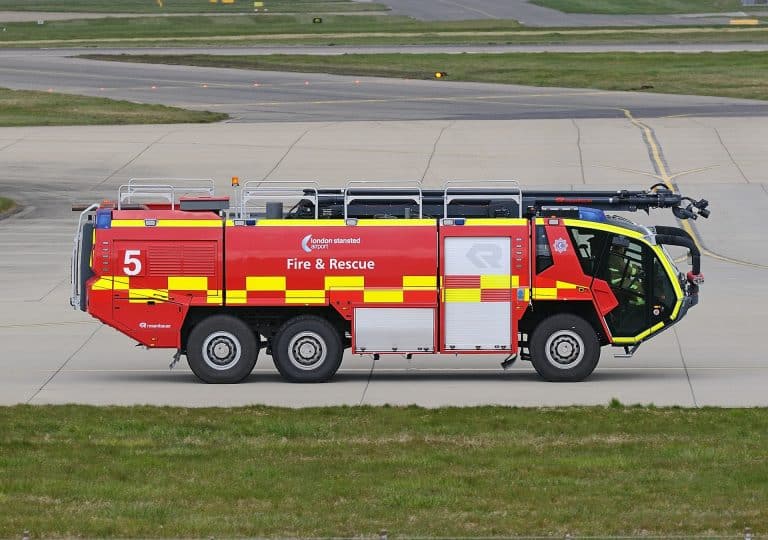Temperatures in Airports, Why Do They Feel Cold?
So it?s time to leave for your next vacation; this time you?re off to the Caribbean! To prepare, you pack your swimsuit, your sun hat, your sunscreen and?. A winter scarf?
You may not need that winter scarf once you arrive at your destination, however it may come in handy while you?re in transit. Travelers who have visited a large number of airports often comment on the chilly conditions that they experience. Whether they?re flying across Europe, Australia or Ecuador, airport temperatures always seem to stay consistently cool.
Perhaps you?re reading this while sitting in an airport wrapped in a winter scarf (brrrr!) or perhaps you?re one of these travelers simply wondering why airports always feel so cold.
If so, you?re not the first one to wonder nor are you the first to pose this question! Continue reading to check out our curated list of reasons why.
For your health & safety
There are three, primary reasons that airports tend to keep cooler temperatures rather than warm. The first of which is driven by the health and safety of passengers.
At extreme temperatures, particularly warm temperatures, humans tend to experience dizziness, dehydration and general discomfort. By strictly regulating airport temperatures on the cooler end of the spectrum, airports can avoid potential health emergencies like passengers fainting or falling ill.
In addition to these considerations inside of the airport, the other area of health and safety that is important to mention is air quality. Hot conditions increase the risk of bacteria, mold and other developments that can spread through the air and cause negative effects for passengers. The HVAC systems that maintain the cool temperatures also help to circulate and purify the air as well. With dozens, if not hundreds of planes outside at any given moment, there is a high level of toxicity in the outside air from their fumes and exhausts.
By having a regulated system in place indoors, airports can maintain a high air quality and avoid circulating some of those potentially hazardous materials like mold (or more recently, Covid-19).
From air filtration to preventing illness, health and safety is our primary reason for airports maintaining cool temperatures on a daily basis.
To provide comfort for travelers
The second factor that contributes to low temperatures in airports is to create an atmosphere of comfort for travelers. Airports are a place where people are ?on-the-go,? perhaps running between terminals to make a connection or carrying heavy luggage at their sides. Cooler temperatures help counteract these activities and ensure that passengers don?t overheat or work up a sweat.
Given the transient nature of airports, people are always moving around – whether they?re changing terminals, boarding a flight or disembarking from a flight.
Plus, speaking from my own personal experience, cooler temperatures also encourage me to stroll through airport shops or explore restaurants rather than stay seated in one place with cold fingers and toes. Perhaps that?s an added benefit for airport commerce as well?

The number of people in an airport changes by the second, so the HVAC systems typically rely on sensors to regulate temperature based on the needs of each particular area of an airport.
Heat is naturally generated by people, by electronics and by the sun (through those giant walls of airport windows!), so the higher the volume of people that a sensor captures, the lower it will adjust the temperature to maintain a baseline of traveler comfort.
Oftentimes when the airport feels particularly ?cold,? it is caused by the lag time between the sensor calibrating to a lower number of people and the HVAC system kicking in to adjust.
Whether you?re spending 30 minutes for a quick connection or 12 hours for a long layover, we like to think that the second key driver of low temperatures is to maintain that comfort for passengers like you!
Based on airport regulations
So far, we?ve explored passenger comfort and health & safety, which both touch on the abstract reasons for cool airport temperatures.
The third factor that we?ll explore in greater detail is related to airport rules and regulations. As you can imagine, regulations vary depending on the location of the airport. At a minimum, we can expect regulatory differences between countries, but we also have seen differences between regions on a more local level.
As a rule of thumb, regulations can come from two sources: government or professional organizations.
ASHRA, or the American Society of Heating, Refrigerating and Air-Conditioning Engineers, is an example of a professional organization that is deeply involved in creating and upholding standards for operation within airports as well as within other industries. A second professional organization based out of the UK is called CIBSE, or the Chartered Institution of Building Services Engineers.
Airports often adhere to industry standards from these sorts of professional organizations as a best practice. An organization like ASHRA has standards and guidelines that lay out the ideal temperature as between 73-78 degrees Fahrenheit. To complement that range, CIBSE goes a step further to break down the ideal temperature based on the season of the year (winter or summer) AND based on the area of the airport. Their research shows that the ideal temperature varies based on whether you?re in the baggage claim or in customs, for example.
Particularly since the rise of COVID-19, the regulations provided by professional organizations and governments alike have become more detailed and thorough.
From increased health and safety to passenger comfort and regulations, all of these areas contribute to temperature control within airports.
There are guidelines that many airports adhere to for consistency and best practice, but there is no ?one-size-fits-all? approach when it comes to temperature. You may have visited airports where there was no air conditioning available or perhaps it was an open air building whose temperature is dictated by Mother Nature.
The beauty of travel is being able to experience all of these different places around the world, so bring that winter scarf and bundle up on your next trip regardless of your final destination!
More from AirportNerd
The Complete Guide to Airplane Window Shade Etiquette
Picture this. You are sitting in the most undesired seat on the airplane, the middle…
Why Do Airlines and Airports Use 24-Hour Time?
The culprit of many missed flight connections: distinguishing between 12-hour and 24-hour clocks. While most…
Why Are Airports Named After U.S. presidents?
Donald Trump has been in the news for wanting to rename Palm Beach International Airport…
Why Do Laptops Get Special Attention at Airport Security?
?Shoes off, laptops out, liquids in zip lock bags, all in separate trays!? Frequent flyers…



